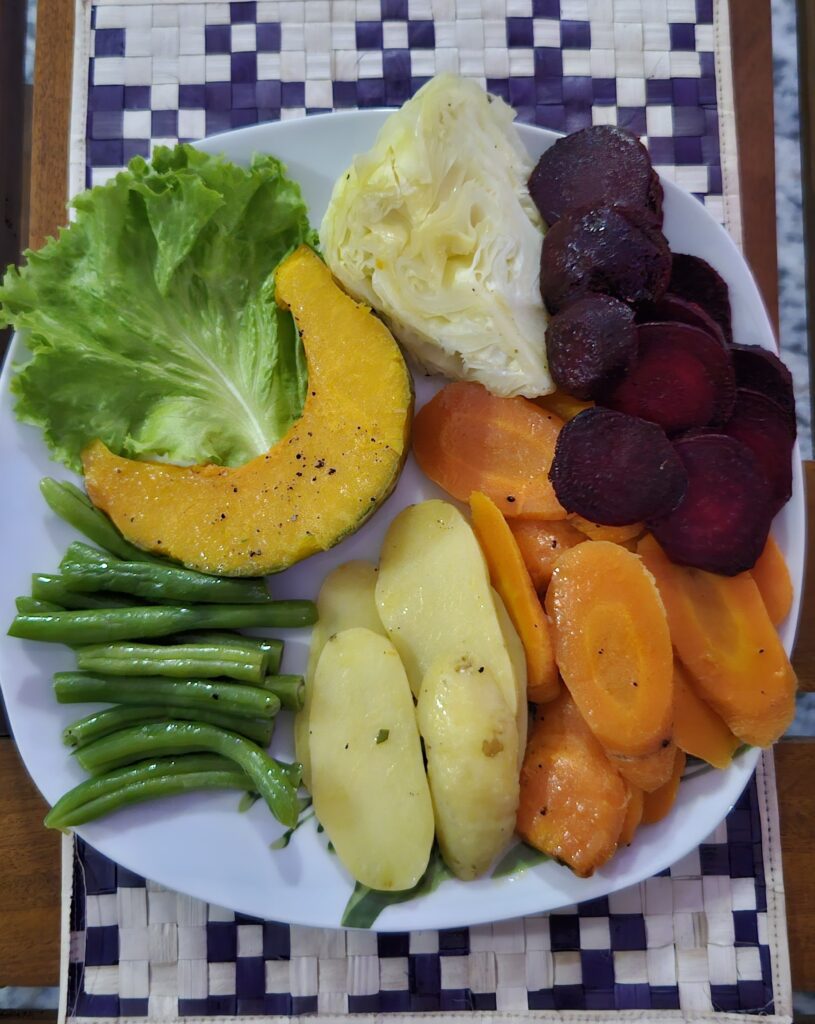
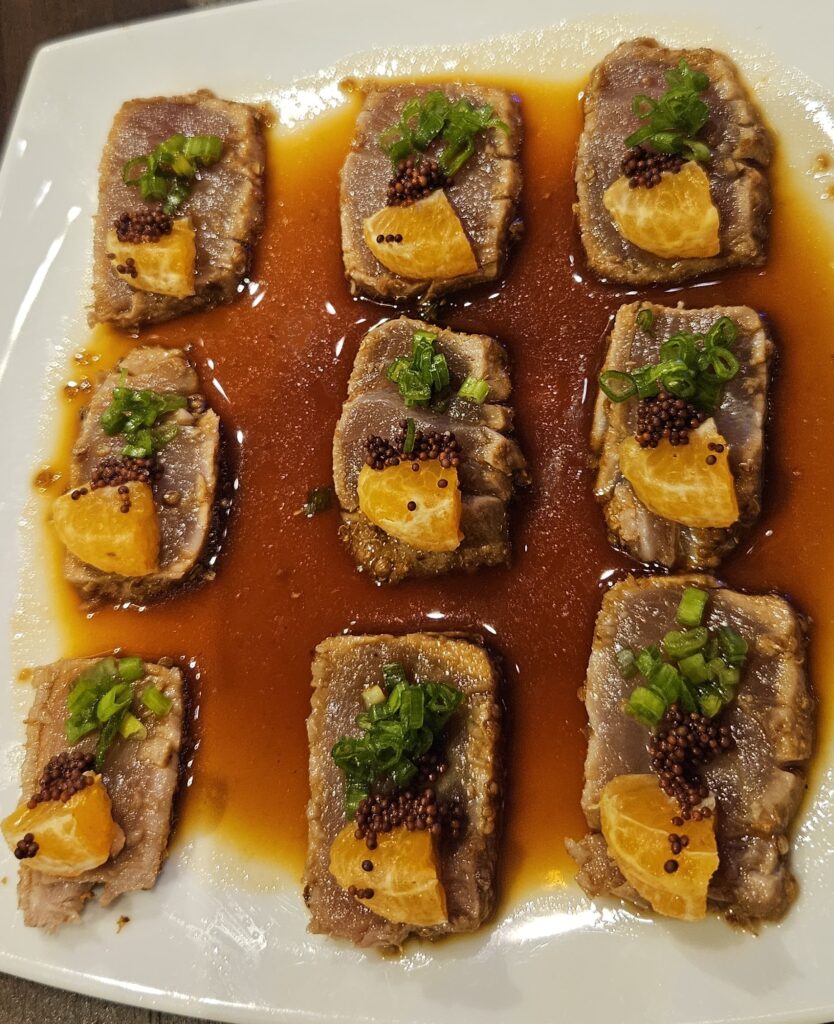
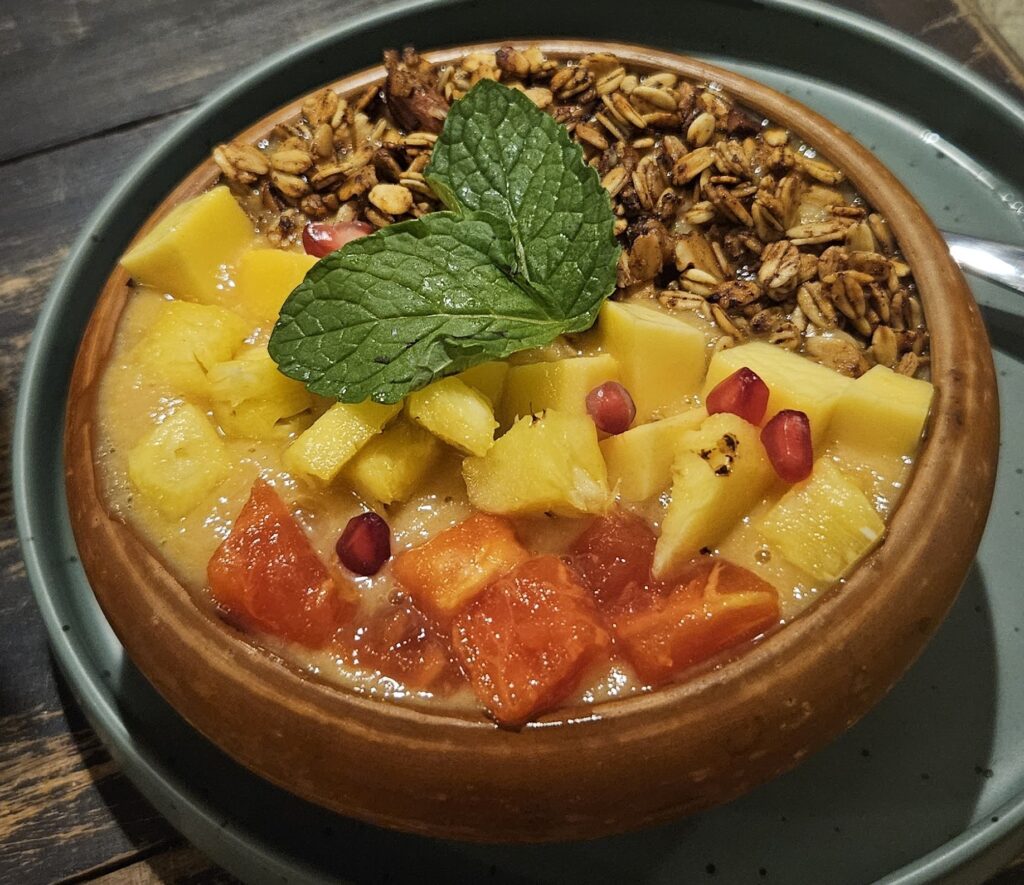
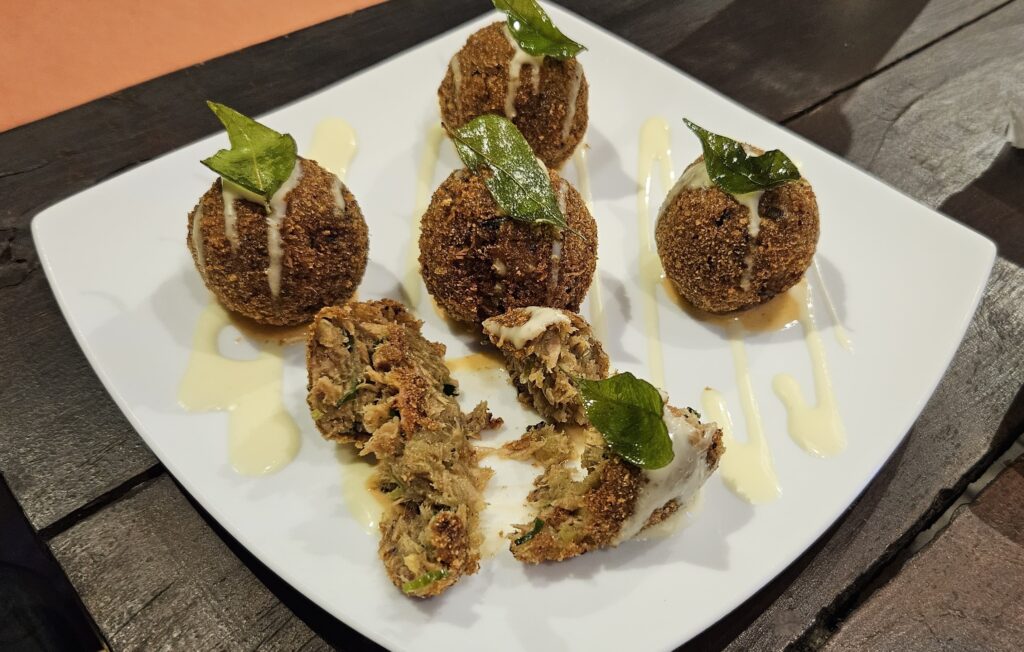
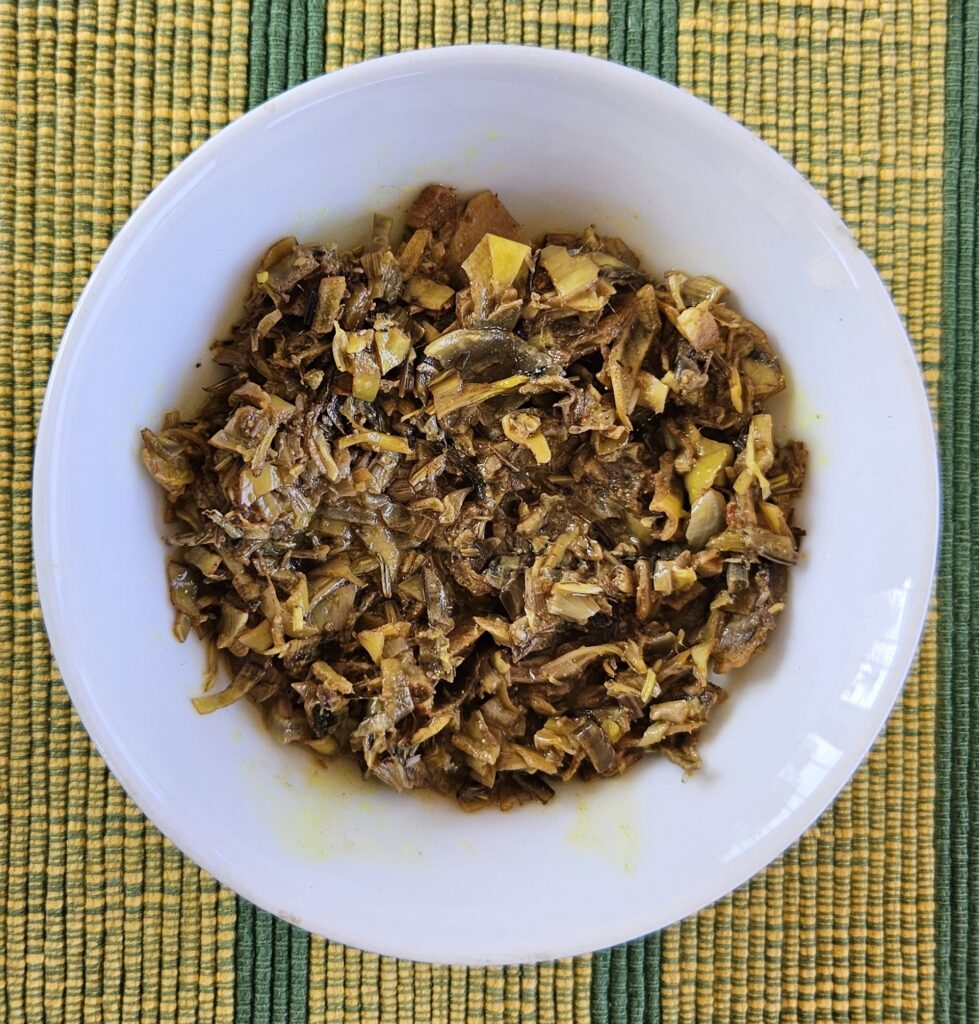
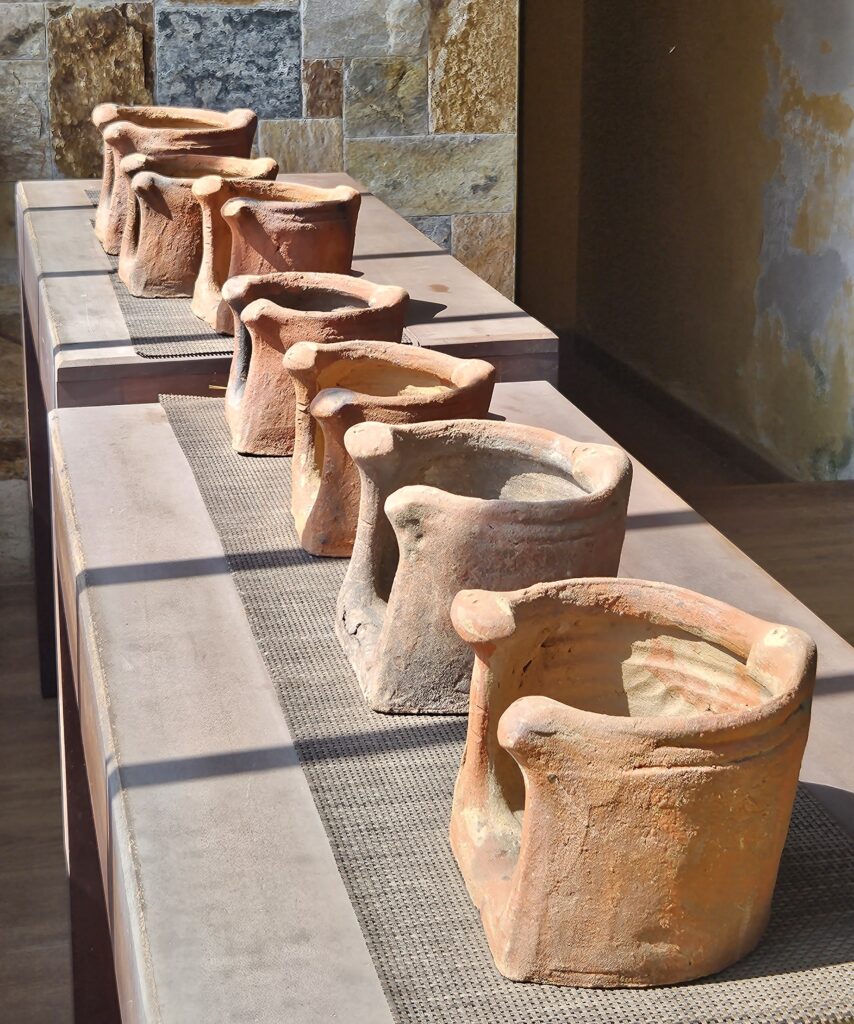
Food & Drink in Sri Lanka
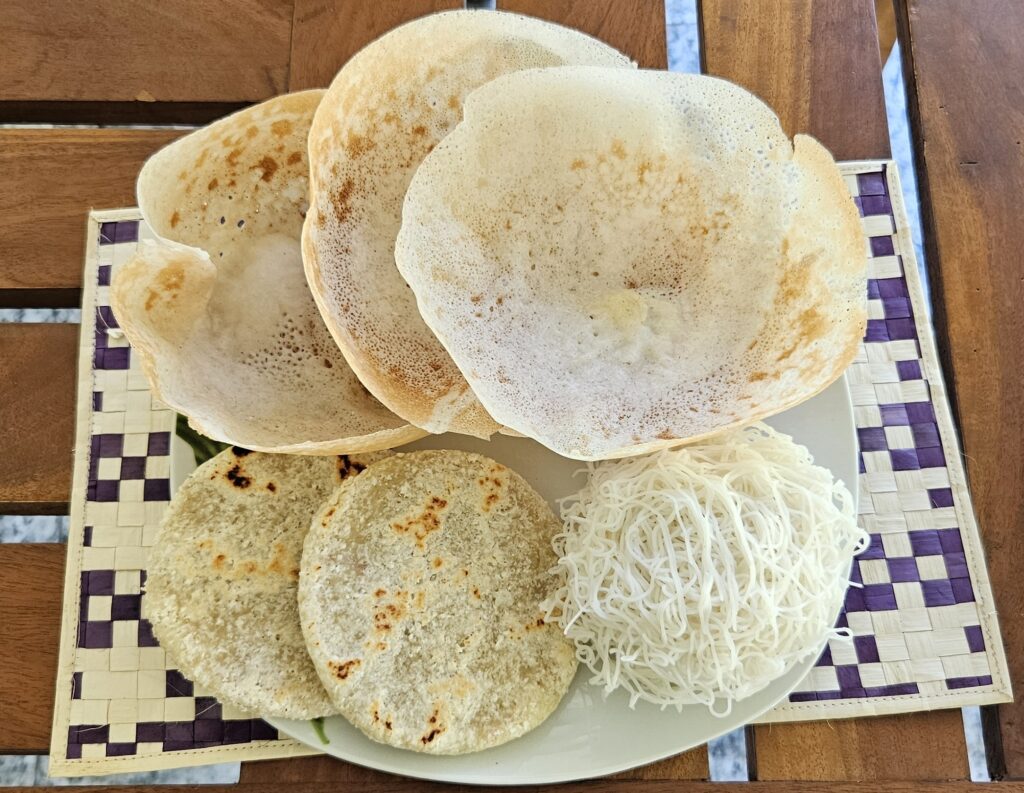
Hearty Breakfast
Breakfast in Sri Lanka often includes Hoppers and Roti. Hoppers are thin, bowl-shaped pancakes made from rice flour and coconut milk. A popular variation is Egg Hoppers, where an egg is cooked in the center. String Hoppers are fine rice noodles formed into small, round nests. Roti refers to flatbreads of various sizes. The dough, traditionally made from whole wheat flour (called Atta), can be baked either thin or thick. Hoppers and Roti are typically served with spicy Pol Sambol (a grated coconut and chili paste) and a variety of curries, such as potato or lentil curry.
Sweet Breakfast
Sweet breakfast options in Sri Lanka include Pani Pol, Helapa and Kiribath.
Pani Pol are pancakes filled with grated coconut and palm syrup (jaggery). Helapa is a sweet yet healthy mixture made from ground finger millet (kurakkan), palm syrup and grated coconut, wrapped in kenda leaves. Locals often eat Helapa when they need a lot of energy for the day. Kiribath is coconut milk rice. Cooked with coconut milk, we were served the sweet version with mung beans, palm syrup and raisins – though there are also savory variations served with curries. We also tried Wattalapam, a very sweet, pudding-like dessert made from coconut milk, palm sugar and spices.
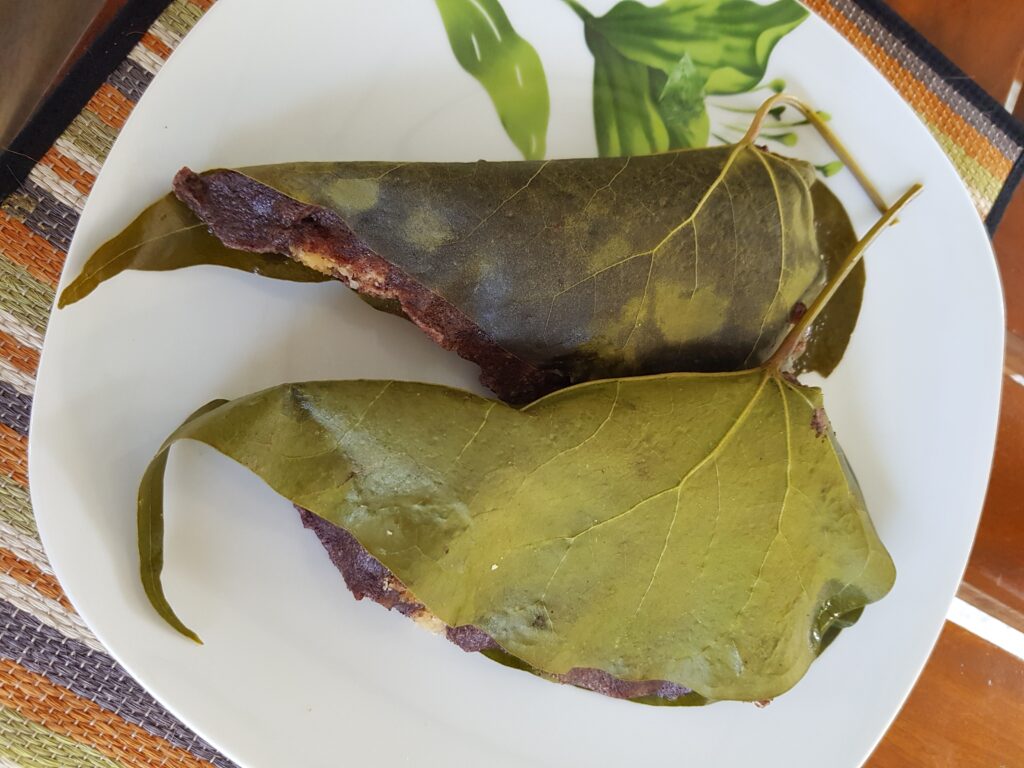
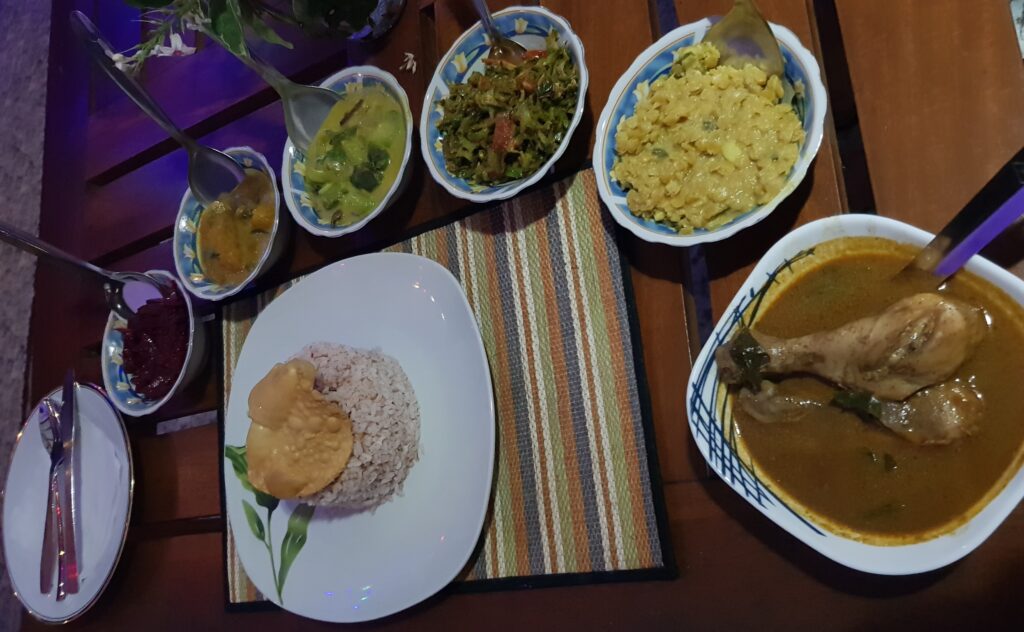
Rice & Curry
Rice & Curry is the national dish of Sri Lanka and is often eaten even for breakfast. A serving of rice is accompanied by a variety of small curries, usually made from lentils, vegetables, meat or fish. These curries are traditionally flavored with spices such as chili, turmeric, cardamom, coriander, fennel, cinnamon, cloves, fenugreek seeds and curry leaves. One of the staple components is the lentil curry, also known as Parippu or Dhal Curry. Red or yellow lentils are cooked with coconut milk, garlic and a blend of spices, creating a creamy and comforting dish that is an essential part of everyday meals in Sri Lanka.
Enjoying Food on the Go
As provisions for the road, we usually ate spicy vegetable roti, but our favorite were the small, thick, and round Pol Roti made from grated coconut and atta (whole wheat flour). Freshly baked, still warm coconut rotis that really taste of coconut are incredibly delicious and very filling. Often we ate them plain, sometimes with bananas.
We regularly bought fresh curd made from cow’s or buffalo’s milk, which was often sold at the roadside in decorative but quite heavy clay containers. The clay kept the curd cool for a long time even without a refrigerator.
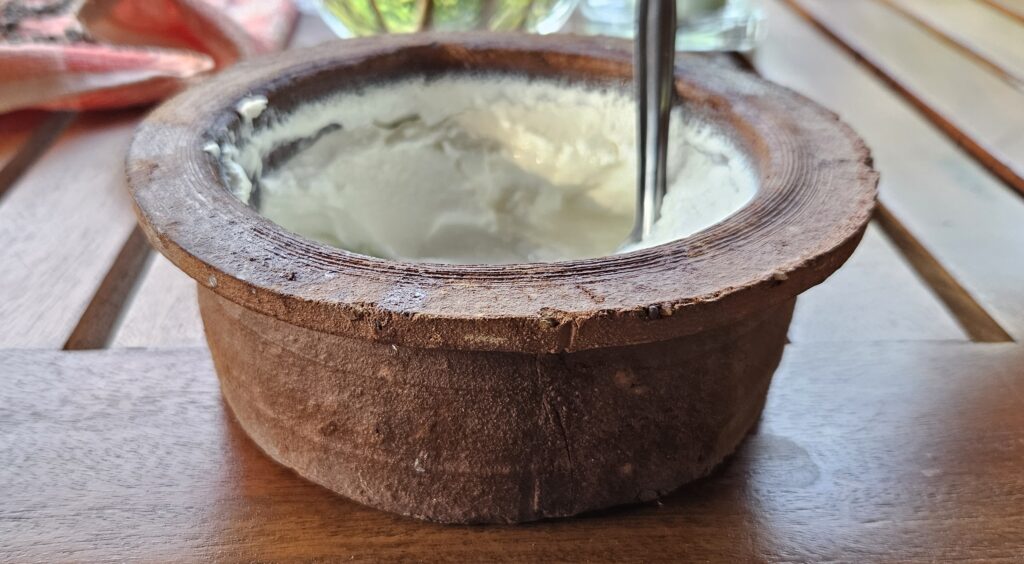
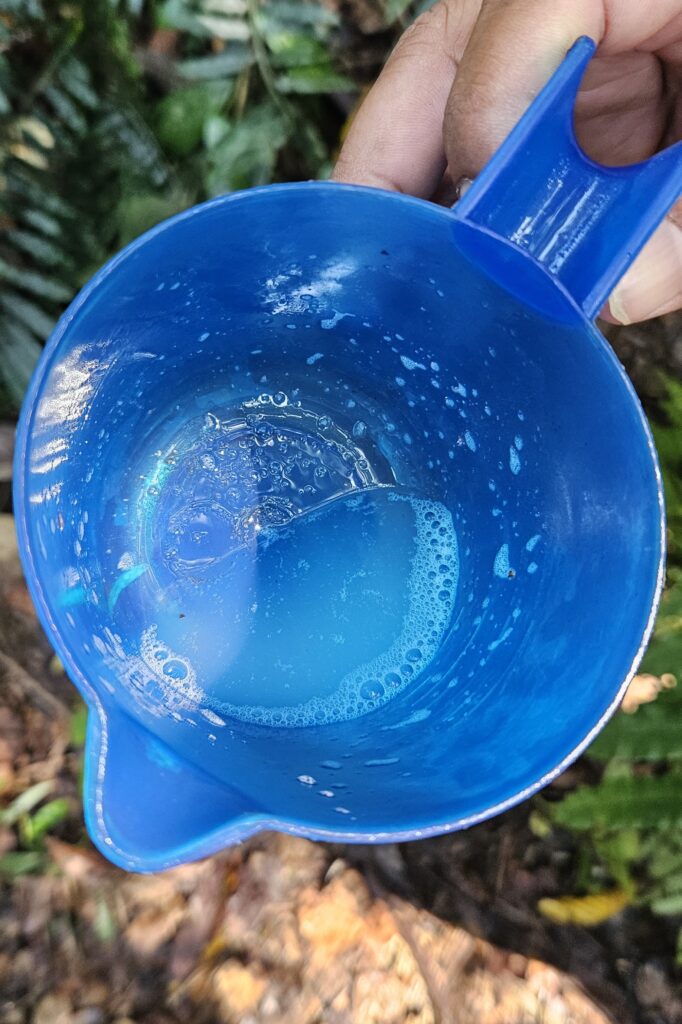
Toddy
A secret tip is Toddy (fermented palm sap, also known as palm wine). When a new flower shoot appears, some palm species produce a sweet sap. To collect it, the flower clusters are cut in a specific way until the so-called bleeding sap begins to flow and is caught in a container.
During our tour through the rainforest, we watched a so-called Toddy Tapper climb a fishtail palm tree (also known as Caryota urens, Kithul tree, toddy palm) over 10 meters high using a rope ladder attached to the trunk early in the morning to harvest the sugar-rich toddy. He scooped the sap that had flowed overnight from the flower clusters into a small bucket and then climbed down again with the bucket tied to his belt.
We were allowed to taste the raw palm sap, which soon ferments into alcohol. It was a delight! The flavor is similar to fresh cider. The sap is harvested both morning and evening, and to prevent monkeys from drinking it, a net is placed over the flower clusters afterward.
When palm sap is boiled and reduced for several hours, it becomes palm syrup. Once solidified, it can be purchased as Kithul jaggery. Jaggery traditionally refers to unrefined sugar, and the Sinhalese word Kithul relates to its production from the Kithul tree (fishtail palm). It is a popular and natural sweetener in South and Southeast Asia, rich in natural minerals and vitamins. Because of its beneficial and healthy properties, it is also used in Ayurveda. Jaggery can stimulate appetite, provide immediate energy, improve digestion and even help with weight loss.
King Coconut
Another Ayurvedic wonder of Sri Lanka’s plant world is the King coconut (Cocos nucifera). This special type of coconut is recognizable by its golden-yellow shell. Its refreshing water is not only delicious but also rich in nutrients, and it is equally appreciated by both locals and visitors to the country.
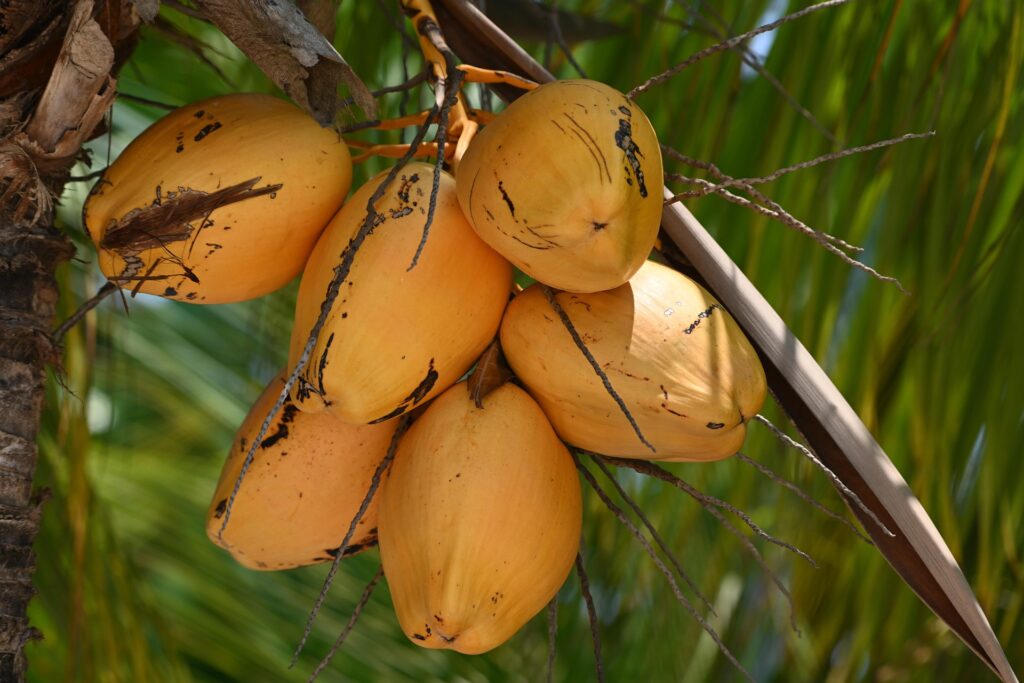
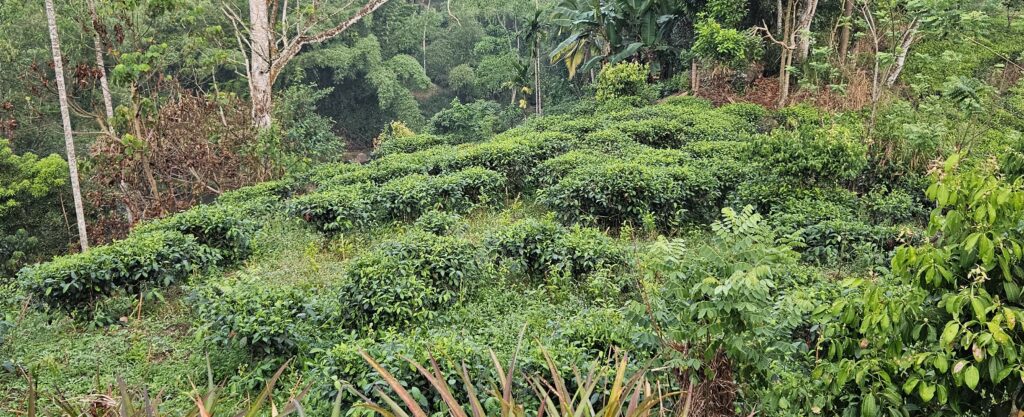
Ceylon Tea
Besides the King Coconut, another characteristic drink of Sri Lanka is tea. The country’s highlands are known for their vast tea plantations that gently cover the mountain slopes in rolling waves. This is where the famous Ceylon tea is produced. We saw numerous tea fields around the Sinharaja rainforest; some of them were right next to our accommodation, allowing us to take a close look at the bushes and their leaves.




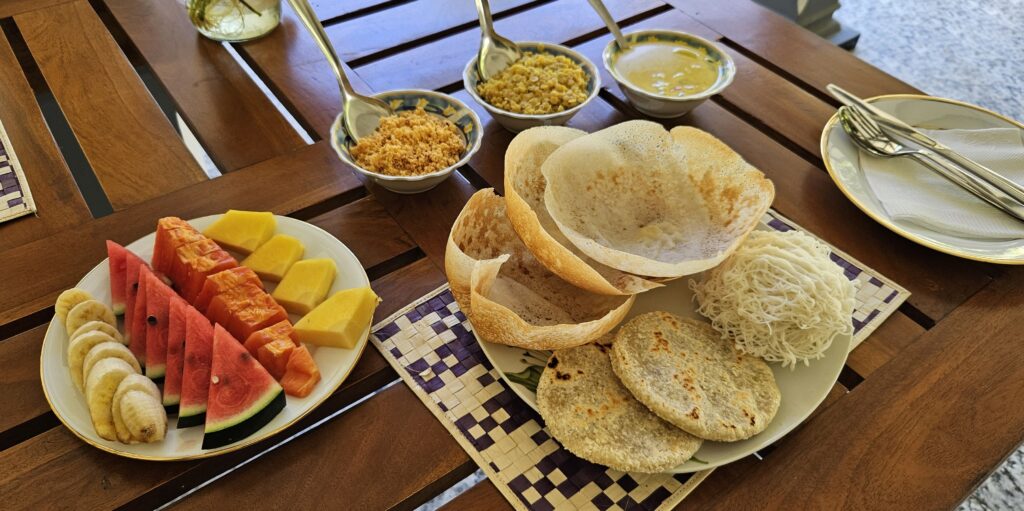
Leave a Reply